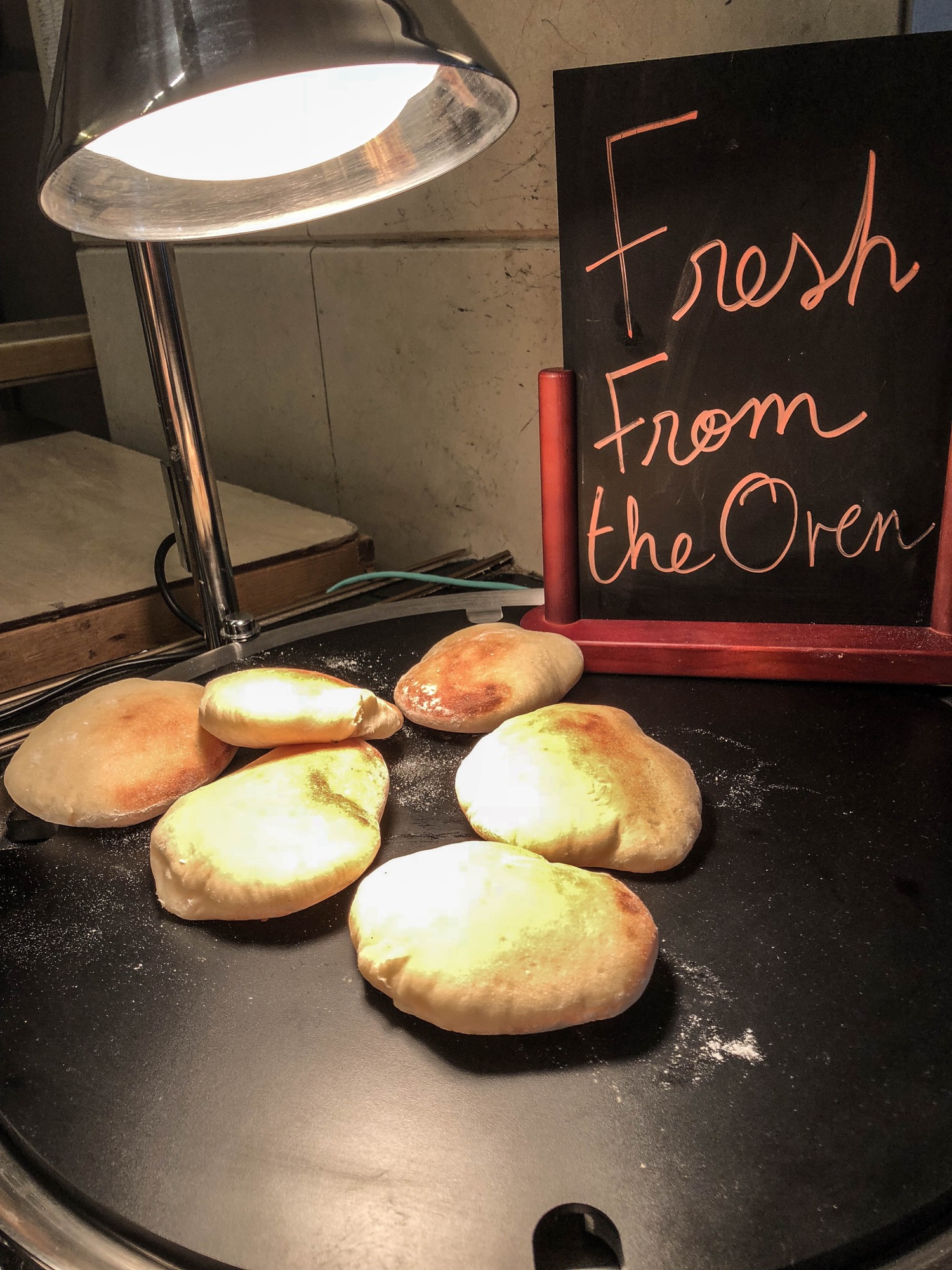The Adventure Begins
Our adventure began with a flight from Los Angeles to Amman, Jordan with a 3.5 hour stopover in Istanbul. Total flight time was 16 hours.
Over the next three weeks we would visit six different countries (seven if you count the stopover in Istanbul), traveling by airplane, ship, bus, car, donkey, and camel. We explored ruins of ancient civilizations and admired the ingenuity of newer cultures built right on top. Our journey took us through small villages and big cities, across deserts, and up mountainsides, to visit places we had never seen before and to revisit a few that we had enjoyed in the past.












































